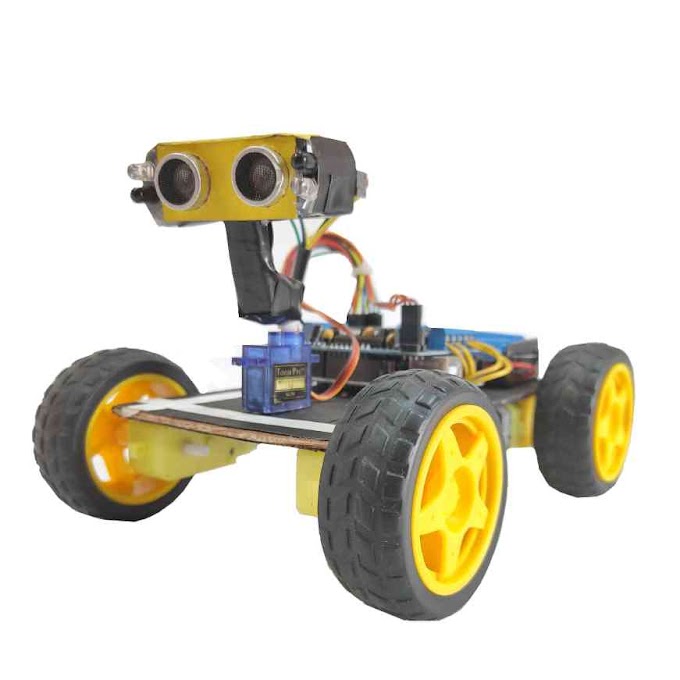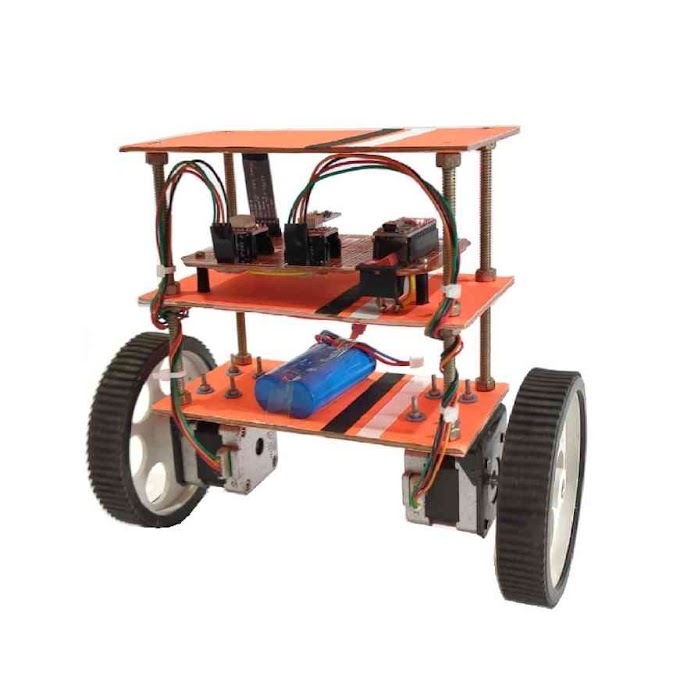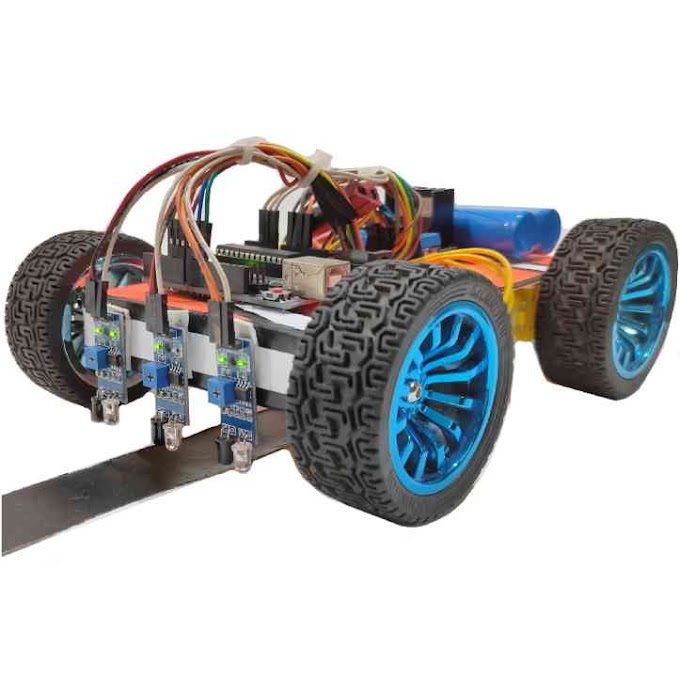What is a wireless power transmission project?
Wireless power transmission is a project based on the theory of electromagnetic induction. By implementing the wireless power transmission project, we can easily transfer the power or electricity wirelessly.
How far can you transmit electricity wirelessly?
There is no particular range of distance for wireless electricity transmission. However the maximum range of transmission is in between 100 meters to 500 meters. But you can customize the circuit according to the distance required.
What are the applications of wireless power transmission?
The major application of wireless power transmission
technology is found in the moving object, where the wire connection is not
possible. Mainly it is used to build the electric connection between two
different moving objects. This wireless power transmission technology is become
popular day by day. Now it is also used in different household objects like –
Mobile Charger, Smart Lamps and many more. It is also used in many unstable
situations, when the wires and cables are not applicable.
How does wireless power transmission work?
Wireless power transmission works on the principal of Faraday’s law of electromagnetic induction. When a pulsating current is supplied to the primary coil, magnetic flux is produced. This magnetic flux will link with the other secondary coils, which are just beside the primary coil. As a result EMF is induced in the secondary coil. This is the fundamental theory of wireless power transmission. When we connect any output device (Like – light bulb, speaker) in the secondary coil, they will start working in the absence of supply connection. In this above scenario power is transmitted wirelessly. Hence there is no requirement for the supply connection.
How do you make a wireless power transmission project?
It is very easy to make a wireless power transmission project. At first you have to take a round container, for making the circular copper winding. So I take a round plastic container of diameter 7 centimetre. Then you have to give the turns over the plastic container for making the coils. In this project we have to make two separate coils. One coil will be connected to the power supply (9 Volt Battery), and the other coil will be connected to any output device (LED). Here I used the copper wire of 28 AWG for making this coils. But you can also use the copper wire of different AWG. Now take a look into the steps which you have to follow for making the coils.
1st Coil (Secondary Coil) –
The design of first coil is so simple. This coil will be used as the secondary coil of the circuit. It will contain 30 turns. After completing the 30 turns, you have to take out the coil from the plastic container. Then you have to connect the two terminals of the coil with any output device. Here I used the LED (Light Emitting Diode) as the output device. But you can also use some other devices to check the output. Now take a look in the first coil given below –
2nd Coil (Primary Coil) –
The construction of second coil is little bit complex compare to the first coil. It will be the primary coil of the circuit. The second coil also contain 30 turns, but it has a loop after 15 turns. So the design of the second coil is like this “15 turns + 1 loop + 15 turns”. After completing the first 15 turns, you have to extend the copper wire for making the loop. For better understanding, take a look in the picture given below –
After creating the loop, you have to complete the other 15 turns. Then take out the coil from the plastic container. There will be three terminals present in this coil. Among the three terminals, two are the start and end terminal of the coil, and the other one is the loop terminal.
Now you have to connect different components in this coil. The circuit components are – 2N2222A Transistor, 22K resistor and 9 volt battery. At first you have to connect the 2N2222A transistor with the coil. The 2N2222A transistor has three pins, which are – collector, base and emitter. All the connection of the 2N2222A transistor are listed below –
(1) Connect the collector of the 2N2222A transistor with the one end of the coil.
(2) Connect the emitter of the 2N2222A transistor with the negative terminal of the battery.
(3) Connect the base of the 2N2222A transistor with the 22K resistor. Then connect the other end of the resistor with the other end of the coil.
After completing the above mentioned connection, you have to connect the positive terminal of the battery with the loop of the coil. Now all the connection of the second coil is completed.
Testing of Wireless Power Transfer –
Now it is the time to test the circuit of wireless power transfer project. At first you have to take the second coil in your hand. Then take the first coil and keep it closer to the second coil. Now you can see that the LED of the first coil will start glowing.
When you take the first coil more closely to the second coil, the intensity of the LED will be increased. If you take the first coil far away from the second coil, the intensity of the LED will decrease. This is how a wireless power transfer system worked. By using the circuit of wireless power transfer, we can easily transfer the power or electricity from one place to another without using any medium.














